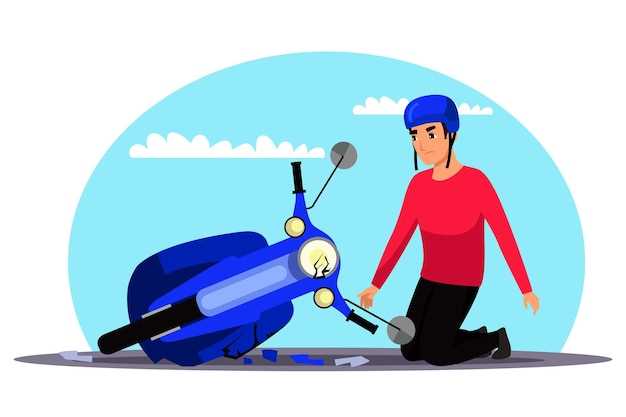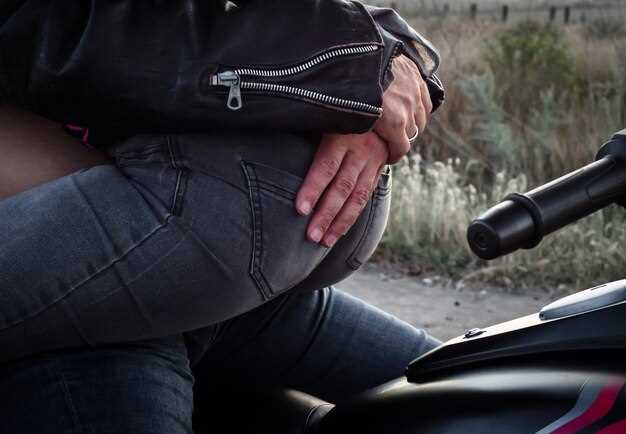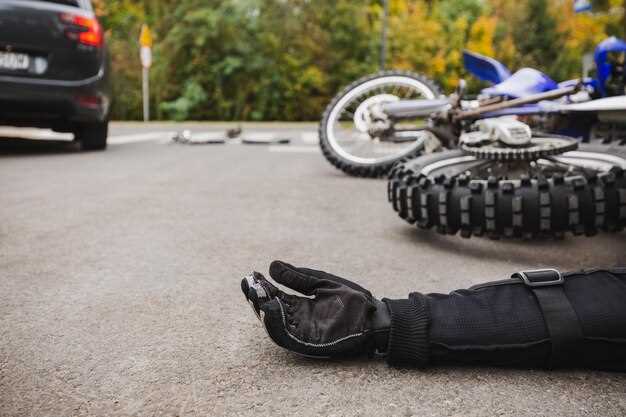
Encountering a skid while riding your motorcycle can be an intimidating experience, and knowing how to react effectively is crucial for ensuring your safety. A skid occurs when the tires lose traction on the road surface, which can result in a loss of control. Recognizing the signs of a skid and responding appropriately can help you regain stability and prevent an accident.
Preparation is key. As a responsible rider, understanding the causes of skidding–such as wet roads, loose gravel, or sudden braking–enables you to anticipate and mitigate risks. When faced with a skid, it is essential to remain calm and focus on regaining control of your motorcycle. This requires both mental awareness and physical coordination.
In this article, we will discuss the specific steps to take when your motorcycle begins to skid. By following these guidelines, you can significantly reduce your chances of falling and improve your overall riding experience. Stay tuned to learn how to react promptly and effectively in this challenging situation.
Identifying the Type of Skid: Rear vs. Front Wheel

When a motorcycle begins to skid, recognizing whether it’s a rear or front wheel skid is crucial for regaining control. Each type of skid presents unique challenges and requires different reactions.
A rear wheel skid typically occurs when the back tire loses traction, commonly due to excessive throttle, sudden braking, or slippery conditions. In this scenario, the rear of the motorcycle may slide outwards. Riders often experience a loss of control where the handlebars may feel loose. To respond effectively, ease off the throttle and steer into the skid, aligning the bike with the direction of the slide to regain traction gradually.
In contrast, a front wheel skid manifests when the front tire loses grip, often as a result of hard braking or navigating a turn too aggressively. This type of skid can feel more alarming as it may lead to a potential drop of the motorcycle. To counteract a front wheel skid, it’s essential to release the brakes gently and avoid abrupt steering movements. Leaning your body slightly forward can help balance the weight and re-establish traction on the front wheel.
Understanding the differences between these skids allows for appropriate measures to regain control and enhance safety while riding. Being aware of how your motorcycle behaves during skidding situations can significantly impact the effectiveness of your response.
Immediate Actions to Regain Control During a Skid
When your motorcycle starts skidding, taking quick and decisive actions is essential to regain control. Here are the immediate steps you should follow:
- Stay Calm: Panicking can exacerbate the situation. Take a deep breath and focus on regaining control.
- Do Not Panic Brake: Avoid slamming the brakes, as this can worsen the skid. Gently release the throttle instead.
- Look Where You Want to Go: Your motorcycle tends to follow your line of sight. Focus on your intended path rather than the obstacles around you.
- Use Your Body: Shift your weight towards the handlebars and keep your knees squeezed against the tank. This helps stabilize the bike.
- Reapply Throttle Smoothly: Gradually increasing throttle can help regain traction on the rear wheel. Be cautious to avoid sudden movements.
- Steer into the Skid: If you are skidding to the left, gently turn to the left. This action helps the motorcycle align with the direction of the skid.
- Prepare to Countersteer: As you regain grip, be ready to countersteer to maintain control of the motorcycle.
By following these actions, you can significantly increase your chances of regaining control during a skid and successfully maneuvering your motorcycle to safety.
Post-Skid Assessment: What to Do After the Incident

After experiencing a skid on your motorcycle, the first step is to safely bring the bike to a stop. Assess your immediate surroundings to ensure that you are in a safe location, away from traffic or other hazards. Once you are stationary, take a moment to gather your thoughts and check for injuries, both to yourself and to any passengers.
Next, inspect your motorcycle for any visible damage. Look for dents, scrapes, or any mechanical issues that might have arisen during the skid. Pay particular attention to the tires, brakes, and handlebars, as these components are crucial for safe operation. If possible, take photographs of any damage for insurance purposes.
Evaluate the conditions that led to the skid. Consider whether the road surface was wet, gravelly, or uneven. Analyzing the conditions can help you understand what went wrong and how to prevent similar incidents in the future. If necessary, gather witness statements or contact law enforcement to document the event, especially if other vehicles were involved.
Once you have assessed the situation, if you feel any pain or injury, seek medical attention immediately. Even minor discomfort can be a sign of underlying issues that may not be immediately apparent. Safety should always be your top priority.
Finally, reflect on the experience. Review how you reacted during the skid and identify any areas for improvement in your riding skills. Consider enrolling in a motorcycle safety course to enhance your skills and confidence on the road. Understanding how to recover from a skid and what to do afterwards is key to becoming a more proficient and safer rider.




